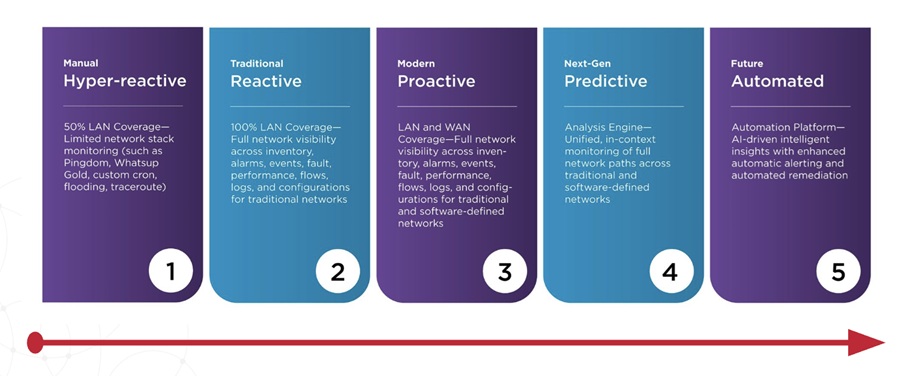
For decades IT departments have been regarded as "cost centers" — departments and entire divisions made up of necessary expenses which don't produce any measurable profit but instead help companies avoid losses by ensuring uptime, addressing end-user concerns and implementing C-suite approved technologies. As noted by the Harvard Business Review (HBR), however, this attitude is changing: Companies now recognize the potential of IT departments to drive total ROI and boost the bottom line.
To live up to this new role, however, IT must lose the short-term mindset, which, to be fair, has often been necessitated by one-off and sudden-impact issues. IT managers must adopt a long-term strategy in order to create new revenue, improve profitability, future-proof the corporate technology landscape and leave an ROI legacy.
Changing Conversation
According to a recent Forrester report, companies are coming around to a new way of thinking about IT, especially as applied to end-user experience management. Businesses now recognize the need to obtain ground-floor data about how end-users interact with IT systems "in the wild" instead of relying on pre-designed stress tests or waiting for front-line staff to submit IT tickets. The former method puts tech pros in a reactive rather than proactive position and encourages end-users to seek out their own answers, bypassing IT.
The Forrester data tells the tale: While 28 percent of companies put improved end-user productivity among their top-five goals, cutting the cost of end-user support was similarly prioritized. Leading their priorities was cutting the total cost of end-user operations using active monitoring tools. While not a revenue generator in isolation, this priority speaks to the emerging long view of IT departments: If real-time monitoring tools can reduce the costs of end-user operations by quickly addressing issues and determining root causes, this money can be re-invested into more "profitable" areas of IT such as deep-data analytics or social media tools.
Getting SaaSy
Another key driver of the emerging long-term view is the huge Software-as-a-Service market. As noted by WhaTech, the SaaS market is headed for a $170 billion-dollar value by 2025 as companies leverage the power of off-premise software. But it's not the only game in town — according to Forrester, companies must now bridge cloud-native, SaaS and packaged applications, all of which run on different platforms and may not play nicely together. The result? Thirty-six percent of companies surveyed by Forrester have adopted multiple clouds to ensure their SaaS stable can coexist with cloud-native offerings and in-house applications.
While this might seem short-sighted on the surface, it's a testament to the necessary future of IT: As cloud becomes ubiquitous, it only makes sense for companies to adopt the ideal combination of on-site, public and private clouds to cover all the bases. In effect, this doesn't limit IT potential but rather expands it, giving departments the room and resources they need to develop profitable initiatives rather than remaining locked in by limited network compatibility and outdated views of IT as a cost-center.
The role of IT is making a transition from a cost center that is simply chasing problems, to a profit center that is thinking long-term to implement strategic initiatives that leave a legacy of ROI. In doing so, IT needs to implement innovative tools and technologies, and work in collaboration enterprise-wide to better understand the needs and challenges of end-users to ensure a better business outcome.


